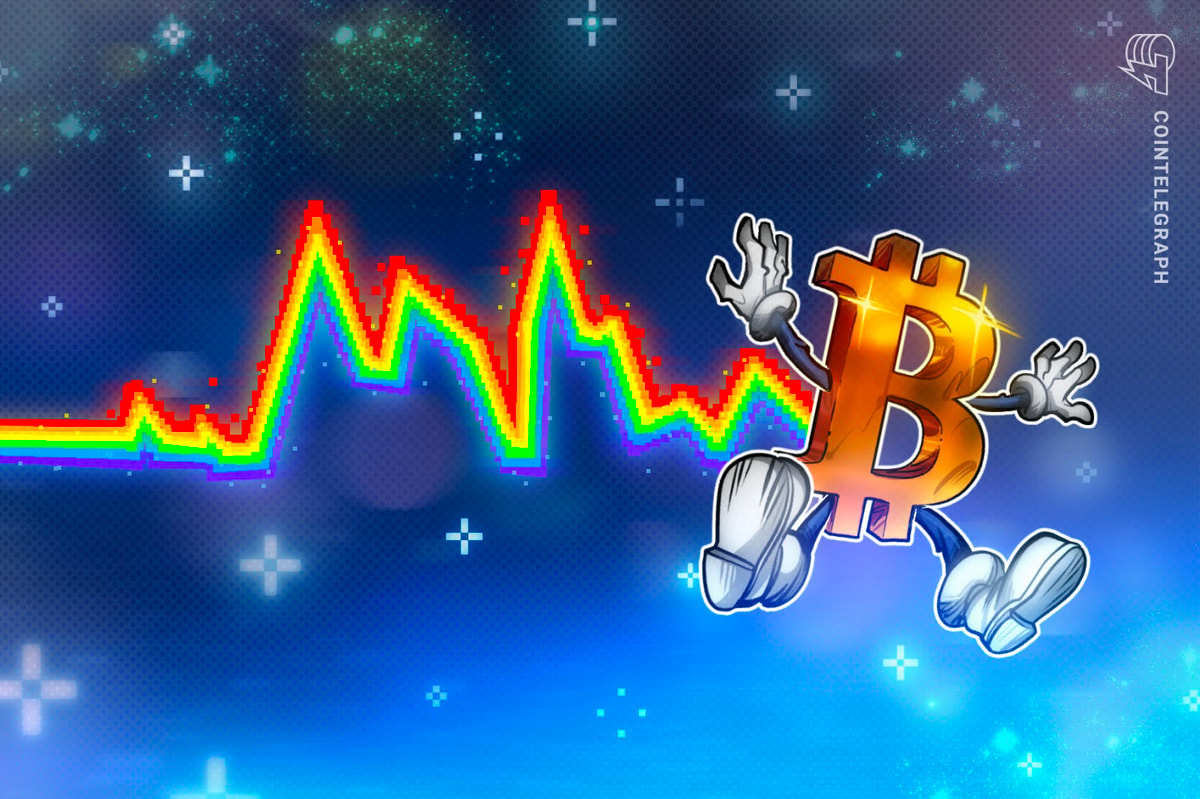Solana’s SOL (SOL) token encountered robust resistance at $102 on Jan. 17, followed by a 23% correction to a five-week low at $78.60 on Jan. 23. However, the movement reversed as SOL rebounded by 10% in less than 24 hours and put a temporary end to the bearish price action. Traders are now questioning whether the recovery was backed by solid fundamentals and whether SOL can push back above $90.

Part of the movement can be attributed to the recently launched “token extensions” on the Solana network, which allow confidential transfers to hide balances, transfer hooks for gated access, and the ability to charge fees at the protocol level. These updates were included in the v.1.17 release of the Solana Labs validator client announced on Jan. 19. The plug-and-play functionalities are designed for enterprise applications and regulator-friendly resources.
Solana network upgrades prioritize speed and stability
Another source of optimism comes from Firedancer, a promising new third-party validator client currently under development. Developed by Jump Crypto, this solution aims to increase Solana’s processing capabilities toward millions of transactions per second and provide support for parallel processing (sharding).
A post on the X social network by user R89 highlights how Solana’s network stability has changed after multiple failures in 2022.
It's interesting to see how reliable Solana has been since the rough patch in 2022, while remaining incredibly performant as usage surged and it dominated competitors in most metrics.
— R89 (@R89Capital) January 22, 2024
The network will continue to improve, and @jump_firedancer is coming.https://t.co/XMVo2GePuJ pic.twitter.com/QDH2iX0Fgf
Solana sustained its performance throughout 2023, while some of its competitors, including Ethereum layer-2 scaling solutions, dealt with outages amid a surge for blockchain space.
The first wave of successful Solana SPL token airdrops to reach centralized exchanges was marked by Jito’s JTO staking solution and the BONK memecoin in December 2023. The movement triggered demand for SOL tokens as users rushed to take part in the multiple airdrops, some confirmed and others purely speculated on.
A quick search on social networks for mentions of Solana airdrops reveals the intense interest some investors have in the phenomena. While there is no way to predict how many of those leads will materialize, the mere speculation creates a surge in demand for SOL and boosts Solana network activity.
Related: Crypto sentiment index hits 100-day low as Bitcoin ETFs fail to buoy price
Solana DApps metrics hint at a SOL price revival
Solana’s primary decentralized application (DApp) metric showed strength in January, with the network’s total value locked (TVL) reaching 15.3 million SOL. The amount deposited in its smart contracts is approaching a three-month high despite SOL’s price declining 28% in 30 days.

The Solana network has experienced significant growth in transaction activity and volumes. However, it still falls behind competitors like Ethereum and BNB Smart Chain in terms of absolute numbers.

Note that Solana witnessed a 6% transaction growth and a 12% increase in active DApp users in the last seven days. In comparison, the Ethereum network remained relatively flat in the same period, while BNB Chain and Polygon experienced a 31% and a 19% decline in volumes, respectively.
Solana’s DApp highlights include Jupiter Exchange reaching 387,780 active addresses in seven days, followed by Raydium with 190,650 users. To put things in perspective, PancakeSwap, the leading BNB Smart Chain decentralized finance application, gathered 263,010 active addresses in the same period, while Ethereum’s Uniswap amounted to 64,890.
It is not possible to determine whether SOL’s recent bounce at $80 merely reflects the heightened demand for airdrops and the newly launched token extensions, meaning the momentum could fade after the initial hype. Still, the solid demand apparent in Solana network DApp activity provides some degree of confidence that the path to $90 and above is possible.
This article does not contain investment advice or recommendations. Every investment and trading move involves risk, and readers should conduct their own research when making a decision.











